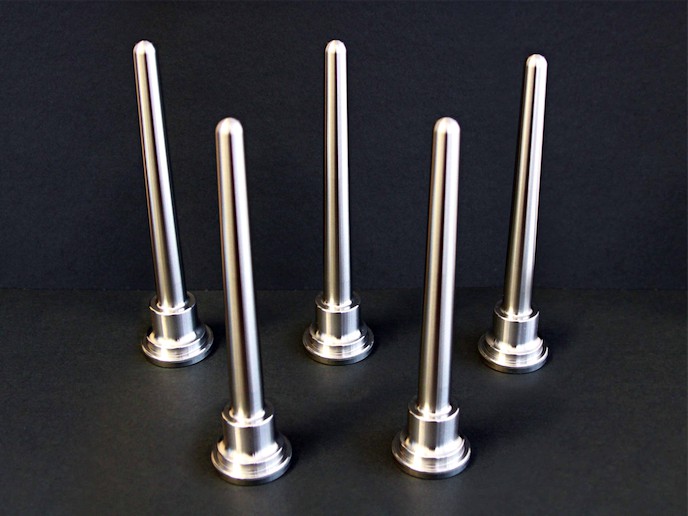Identifying the best sustainable designs for buildings in warm(ing) climates
Europe and Africa have a building problem. On the European side of the equation, the problem is an ageing building stock, with most buildings in Europe being built during the post-war construction boom. In fact, according to some estimates, out of the nearly 250 million houses in Europe, less than 10 % were built in the last decade. In Africa, the problem isn’t having too many old buildings, it’s not having enough buildings to house its rapidly growing population. So, why don’t we just build more new buildings? Climate change. “Climate disruption and prolonged heatwaves are having a direct impact in both Europe and Africa,” says Lorenzo Pagliano, a Building Physics professor at DAStU(opens in new window) (website in Italian) – Polytechnic University of Milan(opens in new window), and leader of the end-use Efficiency Research Group(opens in new window) (website in Italian). “If we want to ensure continued comfort, all new construction and retrofits must be done in a way that future-proofs the building against the expected climatic changes of the next 50 to 100 years.” Considering that buildings currently account for 40 % of the EU’s total energy consumption, these new buildings must also be energy-efficient. Unfortunately, today’s most popular building designs miss the mark. For example, even though glazed, unshaded buildings perform badly in central Europe, we still see an ever-growing number of glass towers being built in southern Europe and Africa. “What we need is a new approach to sustainable design and construction, one that encompasses bioclimatic approaches and low-energy solutions to maintain comfort levels in increasingly warmer climates,” adds Silvia Erba, a senior researcher at DAStU. Answering this need is the EU-funded ABC 21(opens in new window) project.
Bioclimatic designs and sustainable construction materials
With the goal of increasing the energy performance, quality of life and sustainability of buildings in both Europe and Africa, the ABC 21 project set out to identify the best sustainable designs for warm climate zones and unleash their market and research potential. “These designs involve a bioclimatic approach, low-energy cooling techniques, and the use of local construction materials, some of which already exist in Africa and only need to be identified and adapted,” explains Pagliano who, together with Erba, co-coordinated the project. Bringing together partners from across the EU and Africa(opens in new window), the project identified and documented the very best African and European affordable bioclimatic designs and the use of sustainable construction materials produced by local businesses. They also worked to update weather files so that buildings would be designed not based on today’s weather, but on tomorrow’s climate. “A key outcome was a listing of the state-of-the-art surface finishings and design techniques and tools specifically adapted to our changing climate conditions and which are already available on the market,” notes Erba. “We also compiled best practices on thermal comfort(opens in new window), some of which have been codified into the latest standards.”
Supporting effective policymaking
The project organised a range of events and activities to inform decision makers about the importance of including low-cost, bioclimatic construction in their building and design policies. This includes criteria that decision makers can use to assess the effectiveness of relevant policies and regulations. “We believe this policy assessment tool(opens in new window), along with all the technical knowledge(opens in new window) and solutions that have come out of the ABC 21 project, will help drive the building sector to embrace the principles of bioclimatic design and passive techniques – resulting in a building stock capable of providing comfort with low energy needs(opens in new window) well into the future,” concludes Pagliano.







